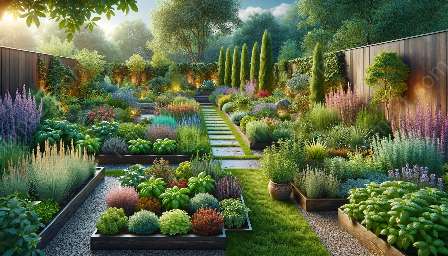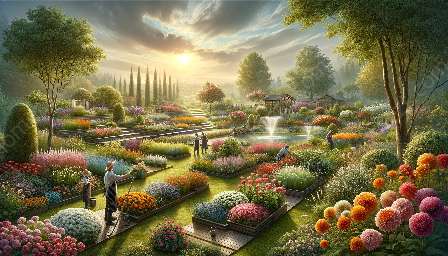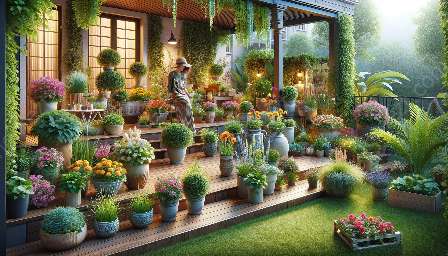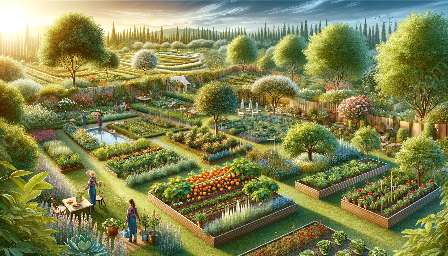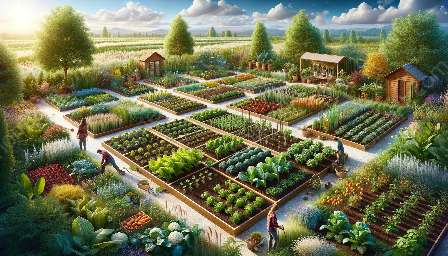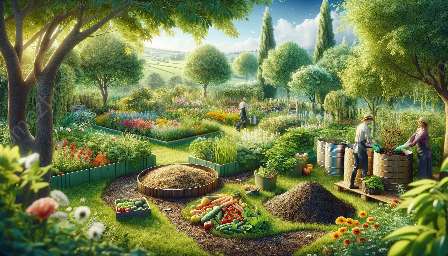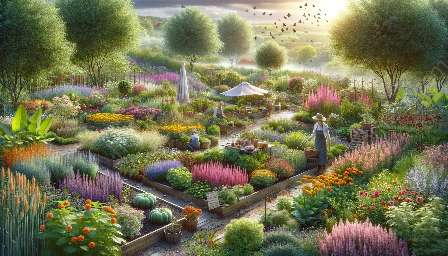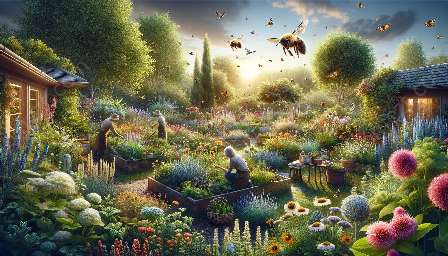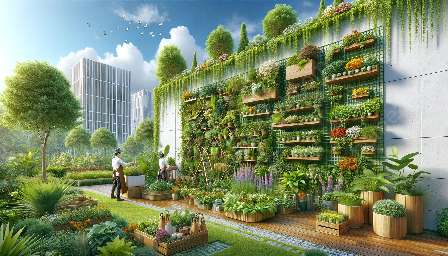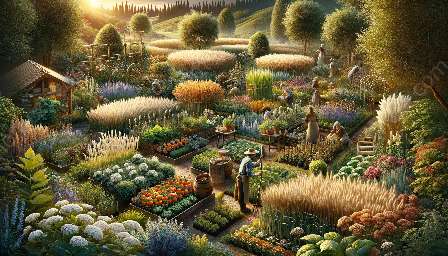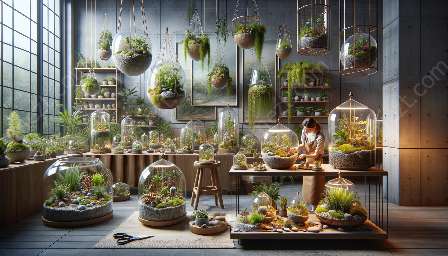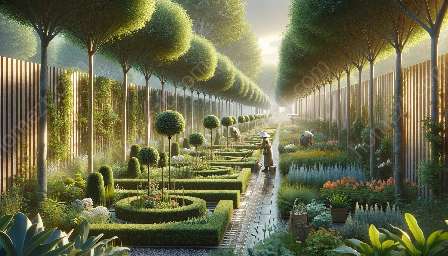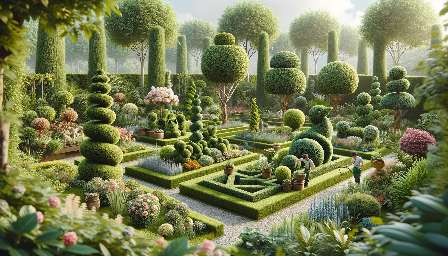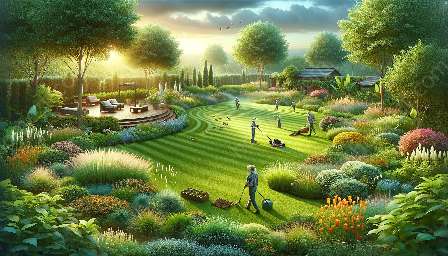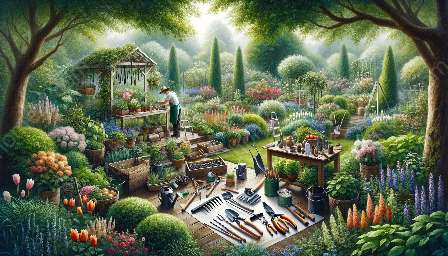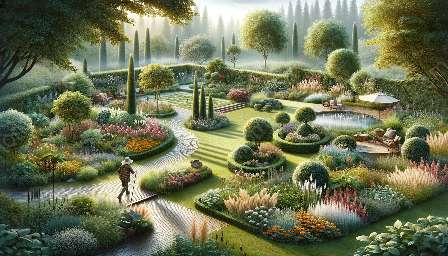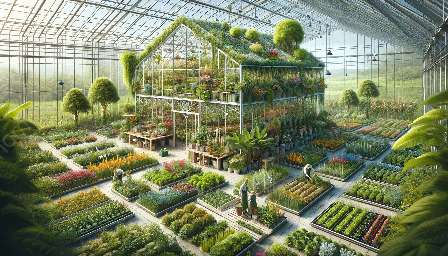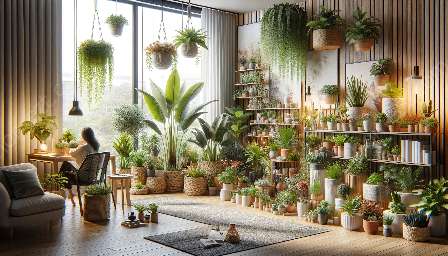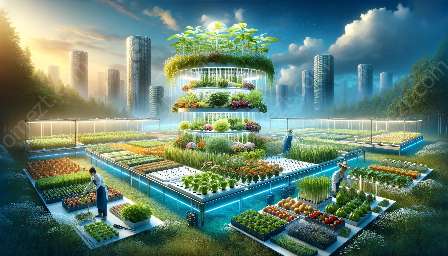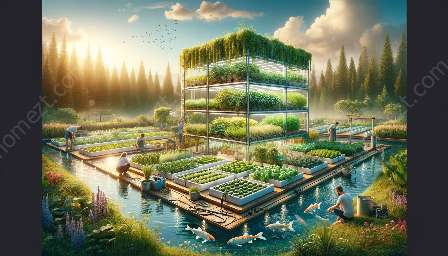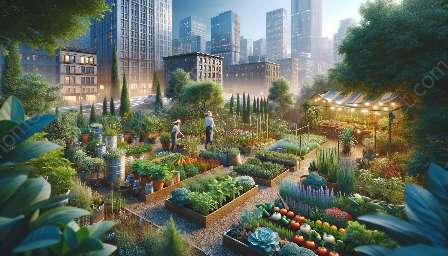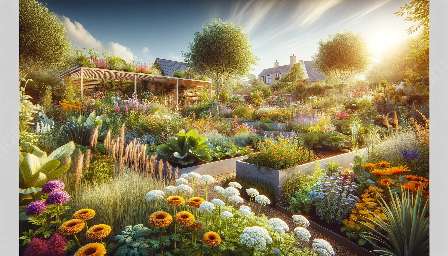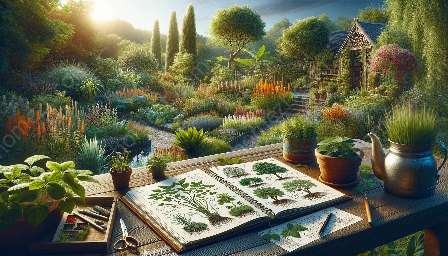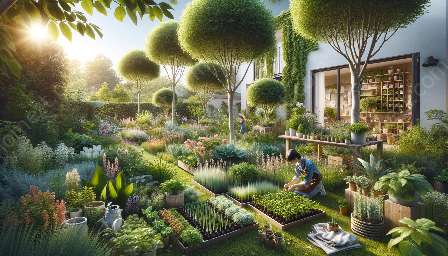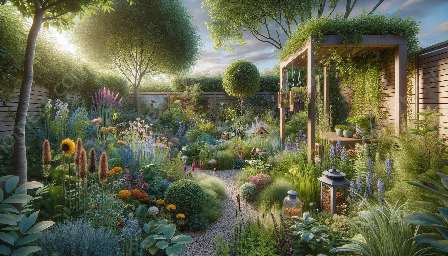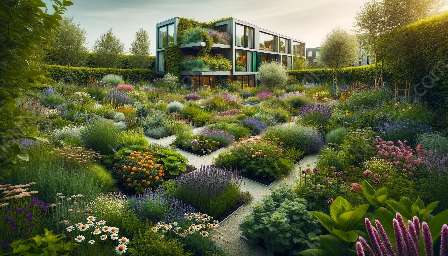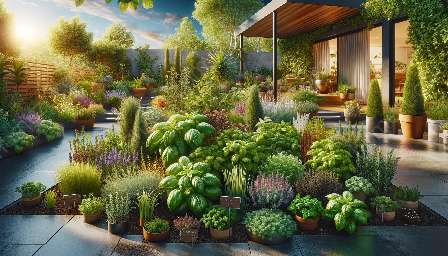Urban gardening has become an increasingly popular and innovative way to grow fresh produce, beautiful flowers, and create green spaces within urban areas. With limited space and resources, urban gardeners have turned to various techniques such as companion planting and creative landscaping to maximize their yields and beautify their surroundings. In this comprehensive guide, we will delve into the world of urban gardening, covering everything from the basics of starting an urban garden to the intricate art of companion planting and landscaping in urban environments.
The Rise of Urban Gardening
Urban gardening, also known as urban farming or urban horticulture, is the practice of cultivating, processing, and distributing food in or around urban areas. This sustainable approach to food production has gained popularity due to its ability to address food security, maximize the use of urban spaces, and provide numerous environmental benefits. Urban gardening can take many forms, from rooftop gardens and community plots to vertical gardens and edible landscapes.
One of the key challenges of urban gardening is the limited space available for traditional gardening practices. As a result, urban gardeners often need to get creative with their planting techniques, making use of small spaces, containers, and unconventional gardening methods. This has led to the development of innovative and space-efficient approaches to gardening.
Companion Planting: A Natural Partnership
Companion planting is a time-honored gardening technique that involves planting different species of plants in close proximity to one another to achieve benefits such as pest control, improved growth, and enhanced flavor. This age-old practice is based on the concept that certain plants can help each other when grown together, either by repelling pests, attracting beneficial insects, or providing essential nutrients to their neighbors.
Combining urban gardening with companion planting is a perfect match, as urban gardeners often have limited space and resources to battle common garden pests and diseases. By using companion planting, they can create a sustainable ecosystem within their gardens, reducing the need for synthetic pesticides and fertilizers and promoting a healthier and more natural balance in the garden.
Examples of Companion Planting in Urban Gardens
Some classic examples of companion planting in urban gardens include planting marigolds alongside tomatoes to deter nematodes, interplanting basil with tomatoes to enhance the tomatoes' flavor and repel pests, and growing pole beans with corn to provide support for the beans while fixing nitrogen in the soil for the benefit of the corn. These symbiotic relationships between plants not only promote healthier, more productive gardens but also add visual interest and diversity to urban landscapes.
Landscaping for Urban Gardens
The art of landscaping plays a crucial role in urban gardening, as it involves not only the aesthetic arrangement of plants but also the functional organization of garden spaces. In urban environments, where space is at a premium, efficient landscaping can maximize the use of available space while creating visually appealing and sustainable gardens.
Vertical gardening, for example, is a popular landscaping technique in urban settings, allowing gardeners to grow plants upwards, such as on walls or trellises. This approach is ideal for small spaces and can transform bland urban structures into vibrant green spaces. Additionally, incorporating native plants and creating diverse microclimates can enhance the urban ecosystem and provide habitats for beneficial insects, birds, and other wildlife.
Key Elements of Urban Garden Landscaping
When landscaping urban gardens, it's important to consider elements such as water conservation, efficient use of space, and the integration of sustainable materials. Rain gardens, which are designed to capture and absorb rainwater, help mitigate stormwater runoff in urban areas, reducing water pollution and supporting healthy plant growth. Using recycled materials for garden structures and choosing drought-tolerant plants can further contribute to sustainable urban landscapes.
The design of urban garden spaces should also take into account the needs and preferences of the local community. Community gardens, in particular, foster a sense of community engagement and provide valuable resources for urban residents. By creating inviting, well-designed spaces, urban gardeners can promote social interaction, physical well-being, and a deeper connection to nature.
Embracing the Urban Garden
Urban gardening, with its blend of creativity, ingenuity, and sustainability, offers a multitude of benefits for urban dwellers, from access to fresh, nutritious produce to the beautification of urban landscapes. By integrating companion planting and landscape design into urban gardening practices, individuals can cultivate thriving and aesthetically pleasing garden spaces, regardless of the constraints of city living.


